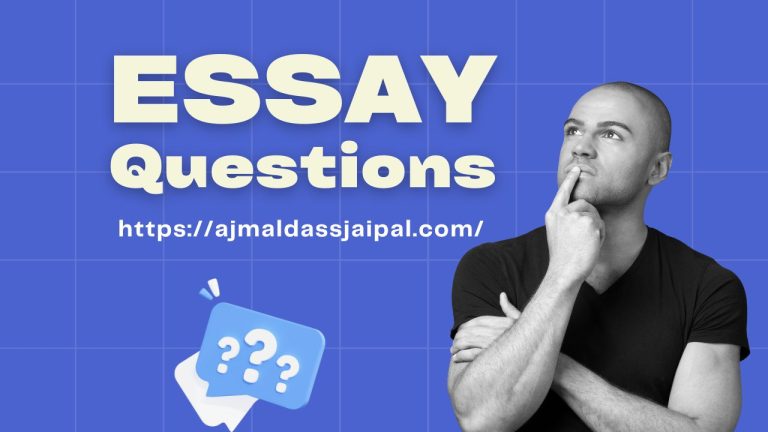Dysgraphia
Dysgraphia is a neurological disorder that is characterized by problems with writing. It is a learning disability and affects not only children but also adults. Children who suffer from dysgraphia have difficulty not only in writing to the words that are difficult to pronounce but also can’t communicate those words properly. They use the wrong words for what they want to say.
The causes of dysgraphia might follow events such as some tragedy, trauma (an accident) or stress but the specific reasons are not mostly known.
Symptoms of dysgraphia
One of the main symptoms is illegible writing but it does not mean that every person with messy penmanship is suffering from dysgraphia. Some common symptoms areas:
- Incorrect spelling
- Slow writing
- Instead of watching the words, focusing on hand while writing.
- Difficulty in spacing things out on paper or within margins.
- Frequent erasing
- Inconsistency in a letter or word spacing.
- Missing words or letters while writing.
- Unusual paper position while writing.
- Hand not in the correct position while writing
- Not writing quietly instead saying words loudly along with writing them.
- Incorrect capitalization of words
- Holding the pen or pencil tightly while writing.
- Concentrating on the other irrelevant things while composing.
The learning disability also makes it difficult to think and write at the same time.
Challenges because of dysgraphia
Other effects of this problems include having difficulty in focusing on your writing; rather than concentrating on the other things while writing anything. The consequence is that you can’t take notes during class or any other important discussion where taking notes is very crucial for that activity.
It can lead to anxiety and lack of confidence in students. They may be stamped as lazy bluffers or very weak students by other students or teachers as their handwriting is not neat. Keep in mind that this labeling can affect their self-respect in the negative sense.
Treatment of dysgraphia
For treating children suffering from dysgraphia, following different ways of treatment can be used:
- Change your style of holding a pencil or pen deliberately. With the passage of time, it will become your habit and you will be able to overcome this challenge.
- The students facing dysgraphia can try pencil grip or some other writing aids for being comfortable during the process of writing.
- The length of written assignments can be reduced for the children suffering from this disease.
- Give them an option to record the teacher’s lectures instead of making notes in class.
- Oral examinations instead of written exams can be administered for such students.
- If a child’s handwriting is illegible, he or she needs to switch to word processing software to overcome this challenge of illegible writing.
- Let them use the computer for writing the answers of the questions instead of writing on a piece of paper. In this way, their problems regarding illegible writing and handling on pen in an inappropriate way will be solved.
- Provide the students with the teacher’s copy of the notes or the teacher should allow other students to share their notes with the child who is suffering from this disease.


